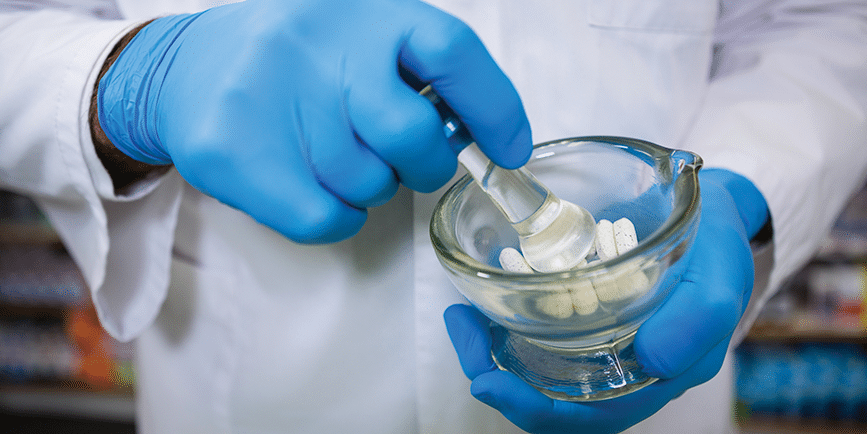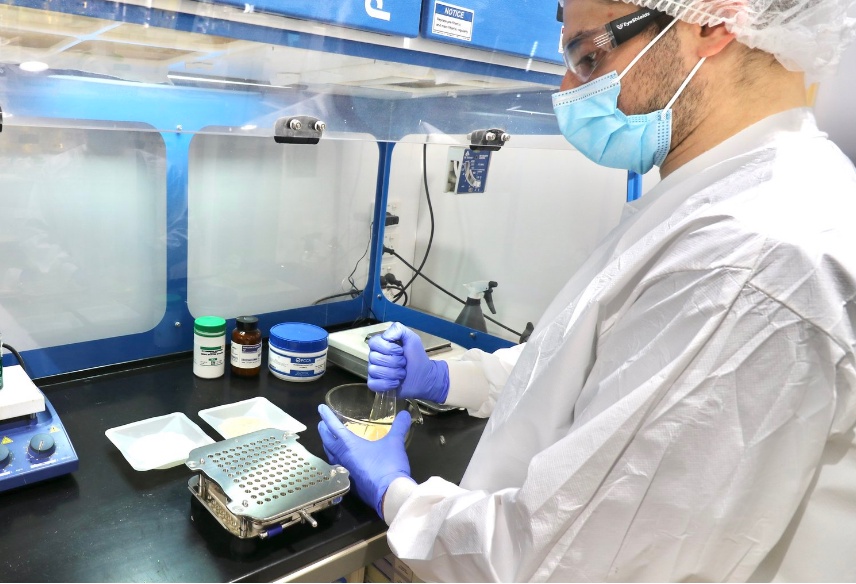In dermatology, one size rarely fits all. Each patient comes with unique needs, skin types, and conditions. This variability often demands tailored solutions, and compounding pharmacies play a crucial role in meeting these demands. Dermatology compounding pharmacies specialise in creating customised medications, creams, ointments, and solutions to address specific dermatological concerns. This comprehensive guide will delve into the intricacies of dermatology compounding pharmacy, offering a step-by-step overview of the process.
Understanding Dermatology Compounding Pharmacy:
Dermatology compounding pharmacy involves the art and science of formulating personalised medications to treat various skin conditions. Unlike commercially available products, compounded medications are tailored to meet individual patient requirements. This customisation enables dermatologists to address specific patient needs, including allergies, sensitivities, and treatment preferences.
Step-by-Step Guide to Dermatology Compounding Pharmacy:
- Patient Assessment:
The process begins with a thorough assessment of the patient's dermatological condition. Dermatologists evaluate the type and severity of the skin condition, patient history, allergies, and previous treatments. This information forms the basis for creating a personalised compounded medication.
- Prescription and Formulation:
Based on the patient assessment, the dermatologist prescribes a compounded medication with specific ingredients and concentrations. Compounding pharmacists collaborate closely with dermatologists to formulate the medication according to the prescribed specifications. They select high-quality pharmaceutical-grade ingredients and adhere to strict compounding standards.
- Ingredient Selection and Compounding:
Compounding pharmacists meticulously select the active ingredients, excipients, and vehicles required for the formulation. These ingredients are chosen based on their compatibility, efficacy, and safety for the patient. The compounding process involves precise measurements, mixing, and blending of ingredients to ensure uniform distribution and potency.
- Customised Dosage Forms:
Dermatology compounding pharmacy offers a wide range of dosage forms tailored to patient preferences and treatment requirements. These include creams, ointments, gels, lotions, foams, solutions, and sprays. Each dosage form is optimised to enhance drug delivery, absorption, and therapeutic outcomes.
- Quality Assurance and Testing:
Quality assurance is paramount in dermatology compounding pharmacy. Compounded medications undergo rigorous testing to ensure purity, potency, and stability. Pharmacists conduct comprehensive quality control checks, including potency assays, microbial testing, and stability studies, to verify the integrity of the medication.
- Patient Counseling and Education:
Before dispensing the compounded medication, pharmacists provide thorough counselling to patients. They explain the proper use, application techniques, potential side effects, and storage instructions. Patient education is crucial for ensuring compliance, safety, and optimal therapeutic outcomes.
- Follow-Up and Monitoring:
Dermatologists closely monitor patient progress and response to the compounded medication. They conduct follow-up appointments to assess treatment efficacy, adjust dosage as needed, and address any concerns or adverse reactions. Continuous communication between dermatologists, pharmacists, and patients facilitates personalised care and treatment optimisation.
Benefits of Dermatology Compounding Pharmacy:

Dermatology compounding pharmacy offers several benefits compared to commercially available medications. These include:
Personalised Treatment: Compounded medications are customised to meet individual patient needs, ensuring optimal therapeutic outcomes.
Allergen-Free Formulations: Compounded medications can be formulated without common allergens, making them suitable for patients with sensitivities or allergies.
Enhanced Compliance: Tailored dosage forms and patient counselling promote adherence to treatment regimens, leading to better compliance and efficacy.
Treatment Flexibility: Compounding pharmacies offer flexibility in dosing, concentration, and dosage forms, allowing dermatologists to adjust treatments based on patient response and preferences.
Innovative Solutions: Compounding pharmacies can innovate and formulate novel combinations or delivery systems to address complex dermatological conditions or unmet patient needs.
Conclusion:
Dermatology compounding pharmacy in Reservoir is a valuable resource for dermatologists and patients seeking personalised treatment solutions for various skin conditions. By combining pharmaceutical expertise with patient-centred care, compounding pharmacists play a pivotal role in improving therapeutic outcomes and enhancing patient satisfaction. This step-by-step guide underscores the importance of collaboration between dermatologists and compounding pharmacists in delivering customised dermatological care.


No comments yet